Visiting the notorious prison island Goli Otok, a deserted island off the northern Croatian coast, is not so easy when you travel by car or camper van.
First, you have to take the ferry to the island of Rab, then continue to Rab’s most southern tourist resort of Lopar and there you will find “Goli Express”, a travel agency that organizes boat trips to Goli Otok (twice a day) and also enables sightseeing with a tourist train.
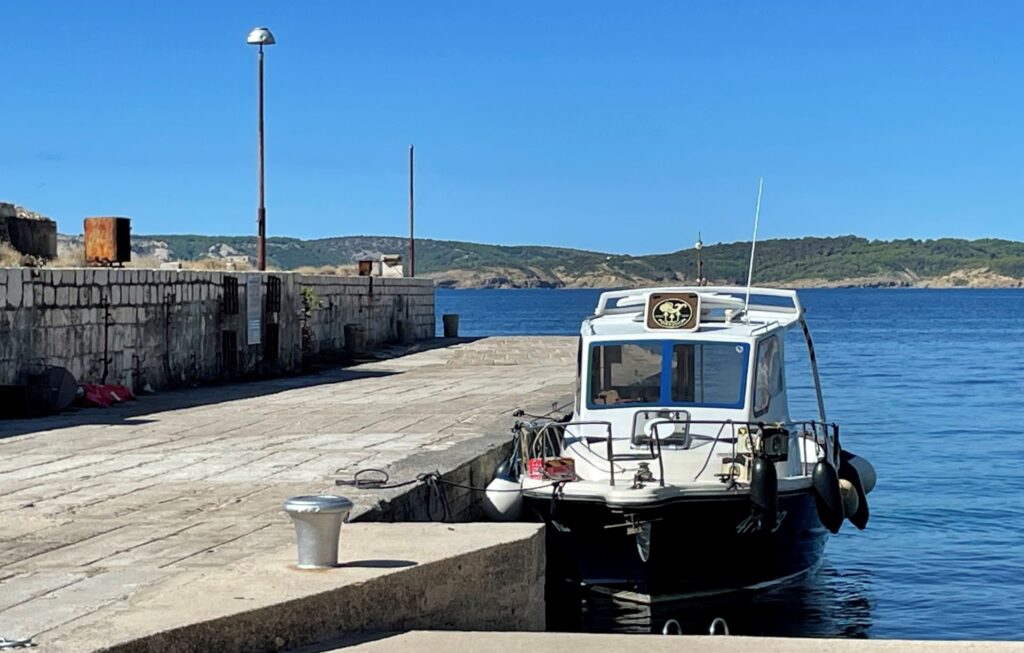
The excursion lasts around two hours, of which the train ride takes 20 minutes. The price of a boat ticket is 70 Kuna (around € 9.30) and a ride with the train costs 30 Kuna (€ 4.00).
But there are also other possibilities to visit the island. You can rent a private boat and explore the island on your own or book an excursion with a glass-bottom catamaran.
Introduction
Goli Otok (in translation “Naked Island”) opened in 1949 and closed in 1988. Although Russian prisoners were incarcerated on the island during World War I, the most tragical history of the island occurred in the “Informbiro” period between 1949 and 1956, when political prisoners, mostly opponents of the then Tito communist regime and followers of the Stalinist regime, were imprisoned here. Prisoners had to perform forced labor in stone quarries and workshops for metal and woodwork, making tiles and marble floor slabs and assembling furniture. They also constructed many of the buildings on the island themselves.
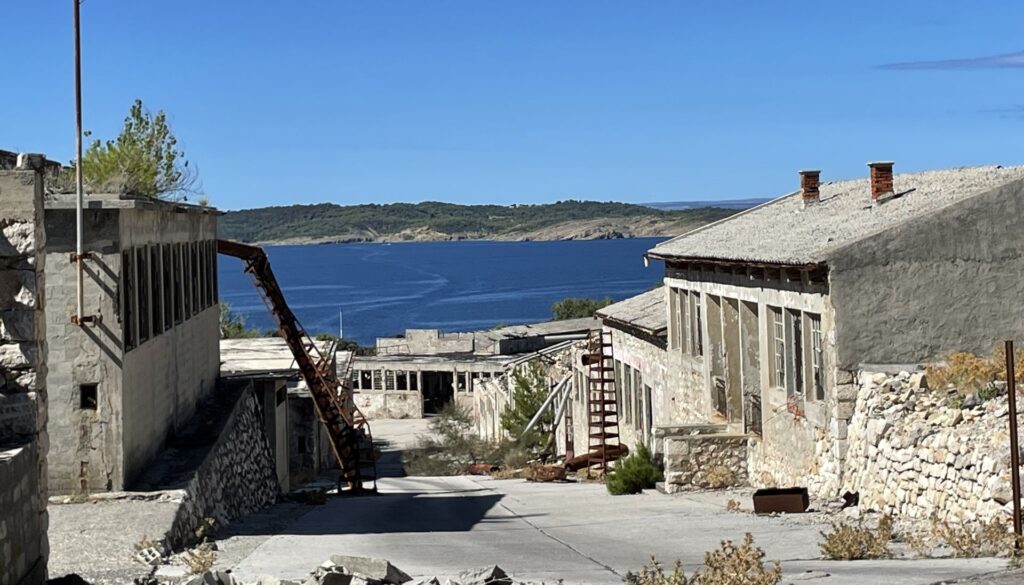
But what does “Informbiro” or “IB” mean? In 1948, the Communist Information Bureau or IB, a Soviet-dominated organization of communist parties, passed a resolution that expelled the Yugoslav Communist Party, due to the fact that there were “nationalist elements” in the country. This caused bad relations between Yugoslav president Tito and USSR president Stalin. With the split, mass arrests began and alleged and real supporters of Stalin were imprisoned. Around 15,000 of these people, popularly called “IBs”, were sent to the Goli Otok camp. No one ever escaped.
It is believed that between 300 and 400 inmates lost their lives in the camp during the seven years it was open, although some sources mention a much higher number. They died from various causes – the consequences of hard labor, work accidents, typhus and other diseases.
Although there was never a large number of guards watching over the prisoners, the camp administration assigned inmates to abuse each other physically. No wonder that some of them committed suicide.
Despite the brutality of everyday hard labor and the beatings by other inmates, the camp administrators also tried to “politically re-educate” the inmates. This “re-education” in effect meant breaking the prisoner’s will and personality.
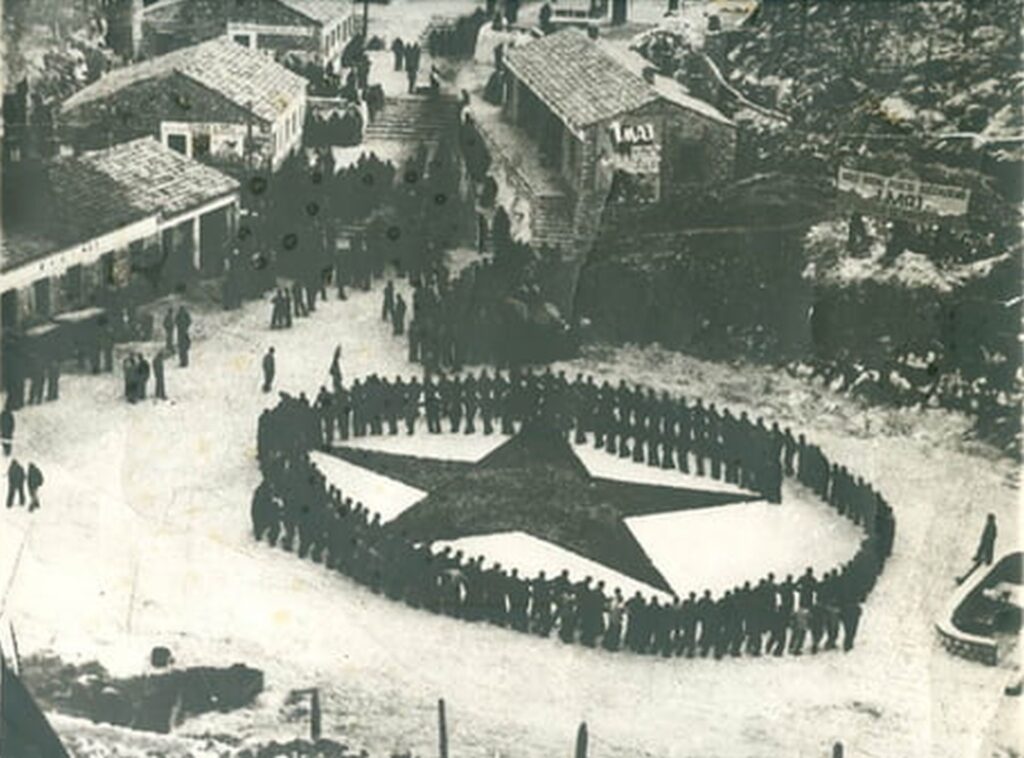
Prior to the arrival of the first prisoners (1949), the island was completely barren, whereas the prisoners themselves forested the island. Strong winds in the winter months (called “Bora”) and intolerable heat during the summer months only added to their already hard destiny.
Our visit to Goli Otok
But let me tell you more about our excursion, which was one of the most impressive experiences of our Balkan trip in September.
Traveling with a small group by boat (a ride of 15 minutes), we arrived at the Tetina Bay, where we could see the administration building, the visiting building and an old restaurant for the employees. That is where we took the tourist train for a ride of around 20 minutes over the island. Fortunately, only a few tourists, who had arrived by private boat, were visiting the island.
The visiting building was constructed in 1949. Only from 1956, the building was used for prison visits. Each prisoner who showed exemplary behavior was given the right to one visit per month by close family members.
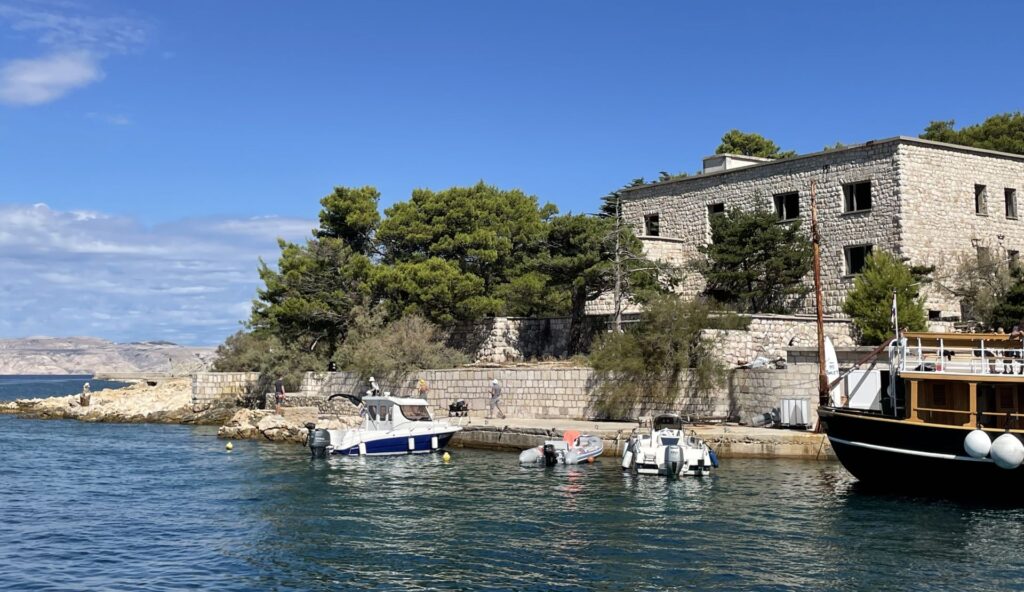
The administration building was constructed in 1950 and it was made from rock blocks carved by the prisoners themselves. It was the most beautiful building of the island and the prisoners called it the “Hotel”. It accommodated prison management, offices and administration.
Passing through the gatehouse, we entered the industrial zone, a complex of former workshops. It was depressive to see all these ruined and devastated buildings. As the train climbed up the slope, drawn by a strong tractor, we saw rows of abandoned workshops.
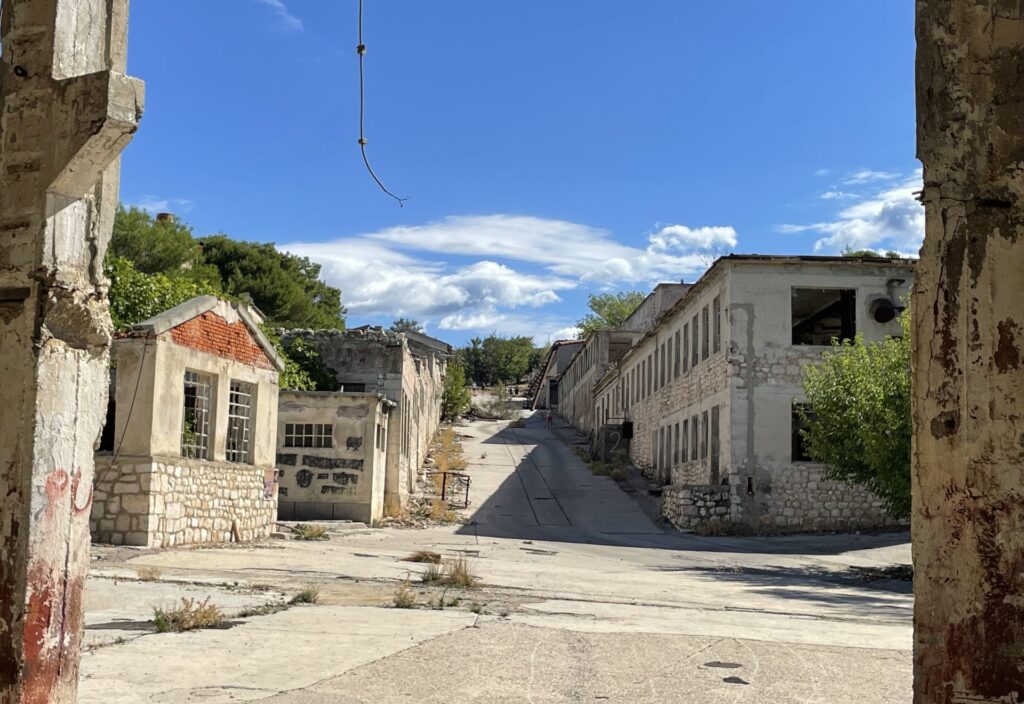
We passed the “Pool”, which was used for collecting water, and the hospital, the first building built on Goli Otok. Rocks and stones were everywhere around, vegetation was sparse and the dry trees contributed to the spooky atmosphere of this barren landscape.

Continuing up the hillside along the small road, we were quite surprised to see a sign of life here: a few neglected and skinny sheep were wandering around.
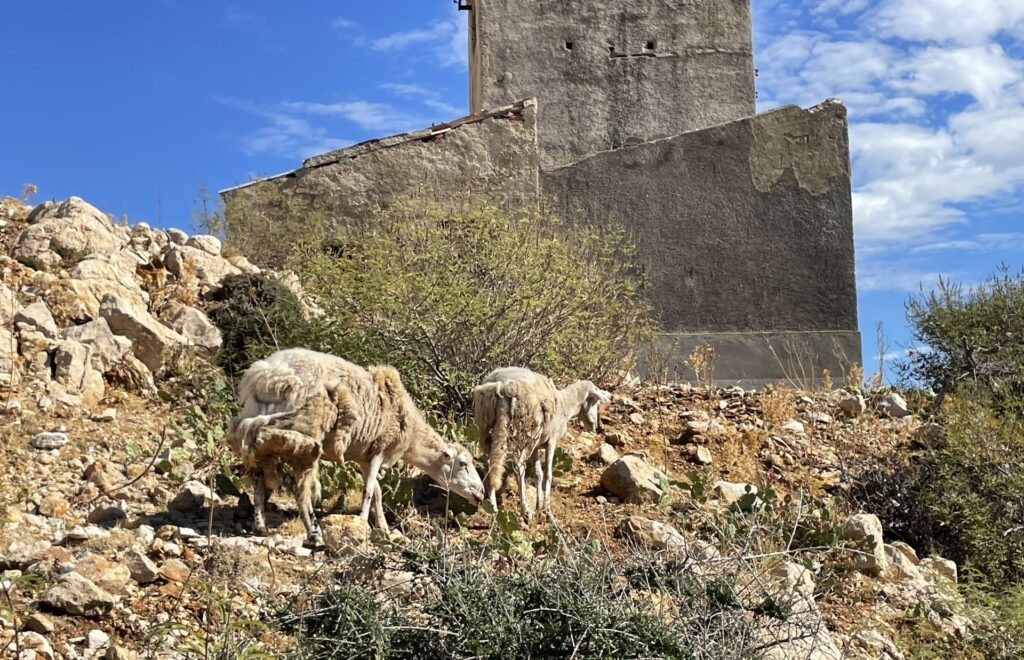
Climbing higher, we got a panoramic view over the barren landscape of Goli Otok and the neighboring island of Grgur, which was used as a prison for female political opponents in the same period.
We proceeded past a large cistern, which was used to collect rainwater to supply the prison colony, as there is no natural water source here.
Turning left at the crossroads, we passed the admission-discharge section (quarantine) that was built in 1951. All prisoners had to stay in this building for a month upon arrival to become familiar with the regulations and the rule of conduct. Here they got their identification numbers, prison clothes and shoes. There was also a hospital here, which was even visited by surgeons from time to time. In front of the building was the so-called Peter’s hole, where prisoners were tortured. Nowadays, this 8 m deep and 25 m wide “hole”, which was surrounded by a 3 m high wall, does not exist anymore.
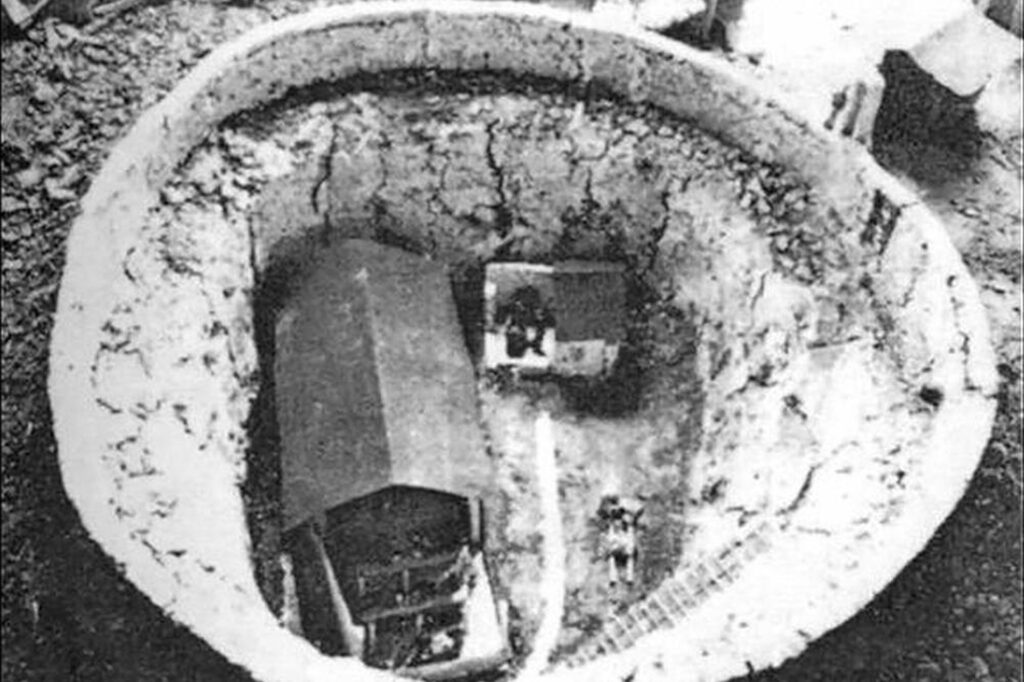
In a depression in the central part of the island, we saw a rather large building. This was the prison-within-a-prison, code-named “Section 102”, which contained special prison cells, including small isolation cells for the punishment of recalcitrant prisoners.
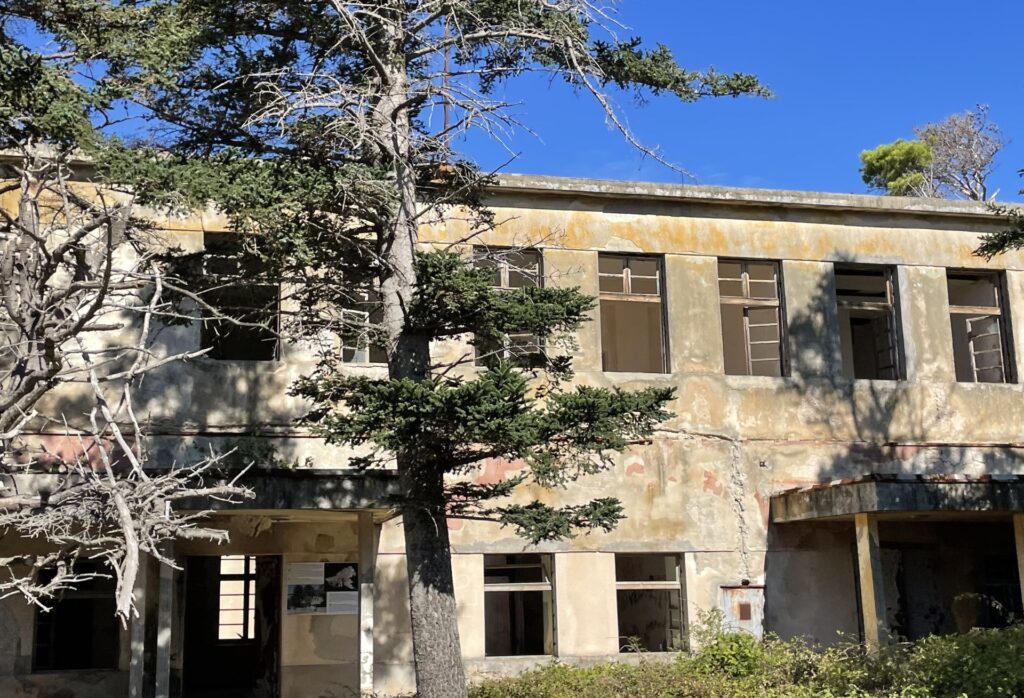
From here, the road took us up the hill, from where we could see a large complex of buildings in a deep valley and hence secluded and invisible from Rab or the mainland.
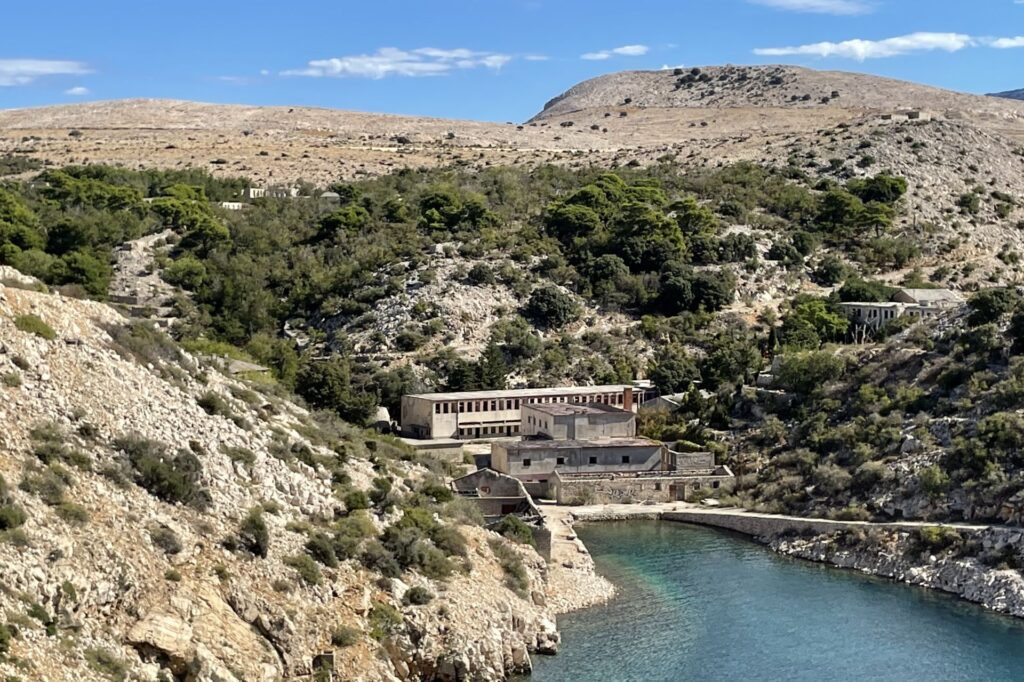
This area was referred to as “Žica” (“Wire”), because it used to be surrounded by a wire fence. The original accommodation barracks for the prisoners were demolished in the 1980s but the rest is still standing – at least partially.
The complex housed barracks used for sleeping, canteens, bakeries, a boiler room, a laundry and a food warehouse. Around the “Wire” were guard posts with reflectors, and the prisoners were always under strict supervision.
After having returned to the starting point, we got enough time for a walk through the abandoned industrial zone. In some of the buildings, pieces of equipment and installations can still be found, but there is plenty of evidence of vandalism and looting. All the fuse boxes have been opened, the fuses have been stolen and you can also see where cables have been pulled out. Windows are broken, doors have disappeared.
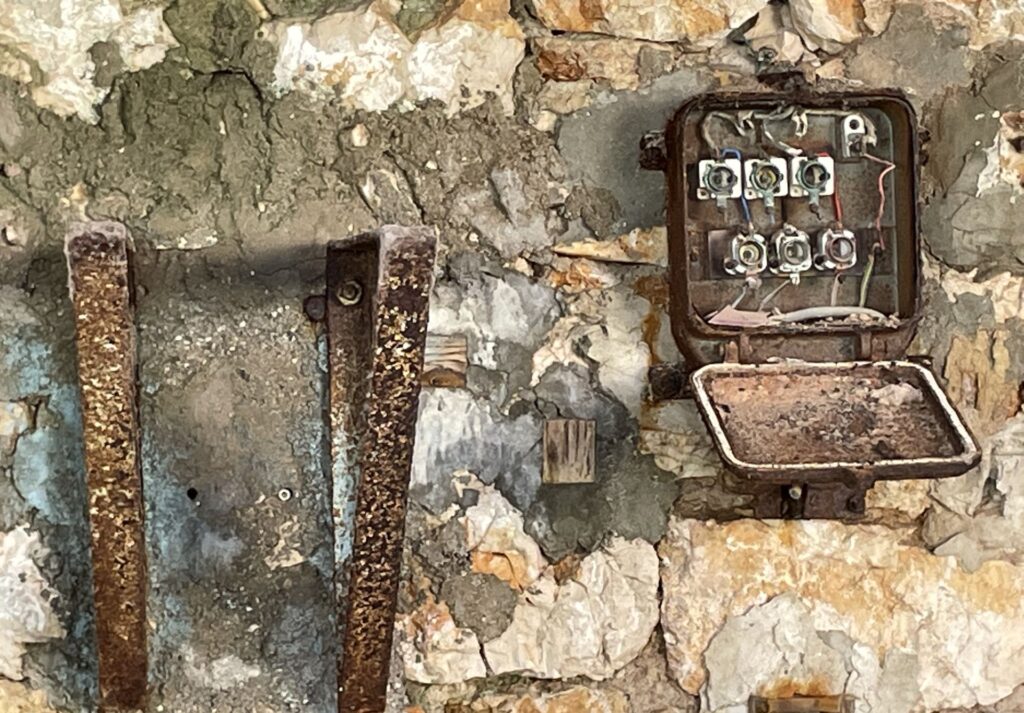
On one of the walls, we saw the inscription “Svršeno je” or “It’s over”. And yes, the prison was definitively closed in the late 1980s.
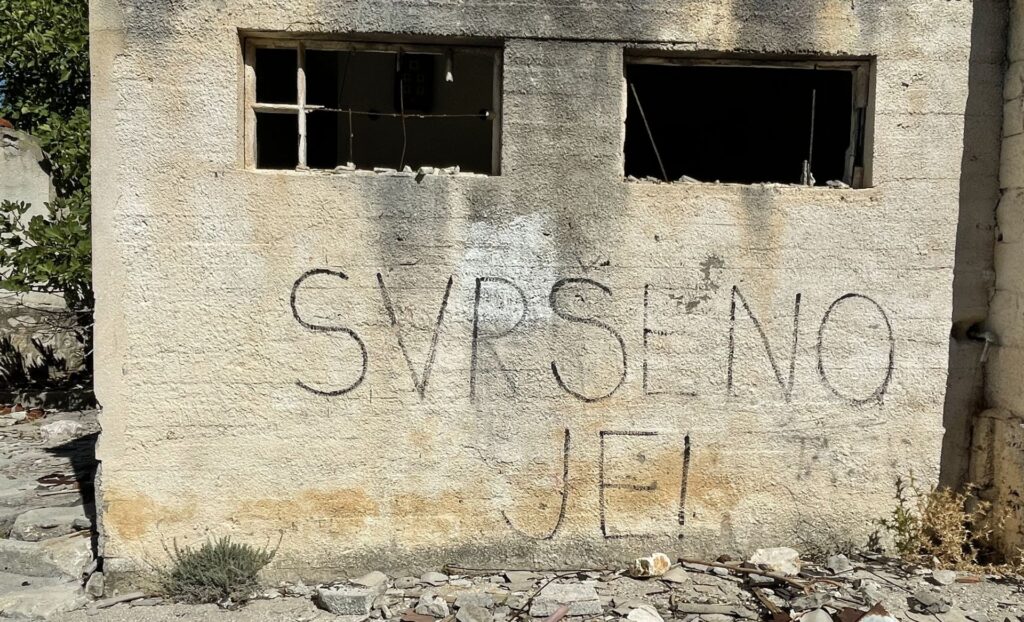
Nowadays, the only human visits come from the occasional tourists who want to explore the prison’s ruins and learn more about the country’s history. I was one of them……
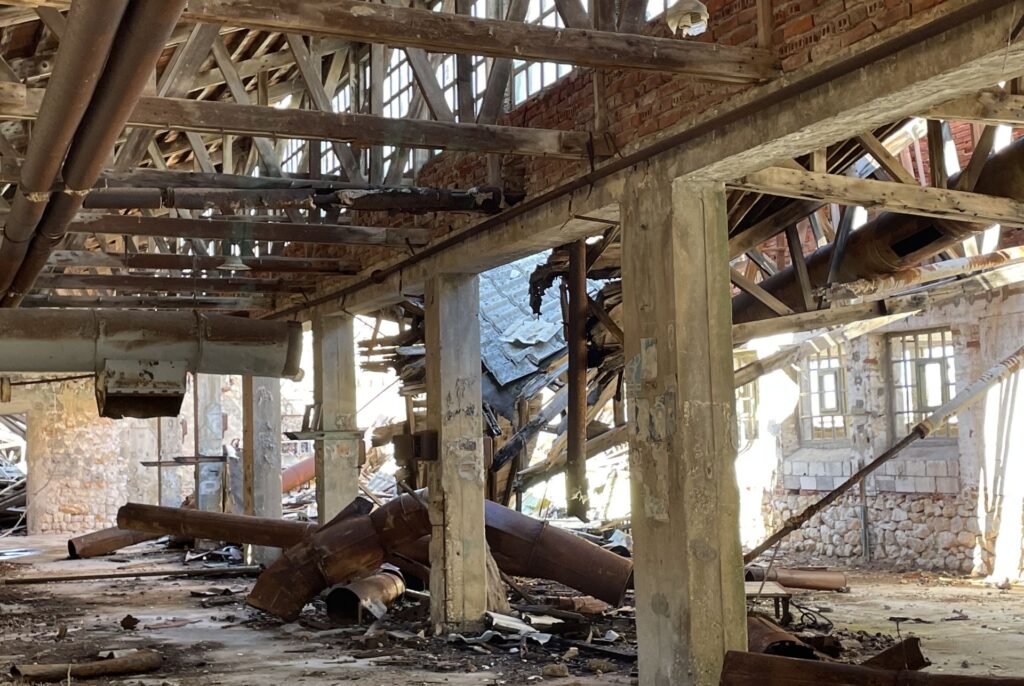
Back at the boat returning to Lopar, I got lost in my controversial thoughts. How could this happen? I will never understand.
.
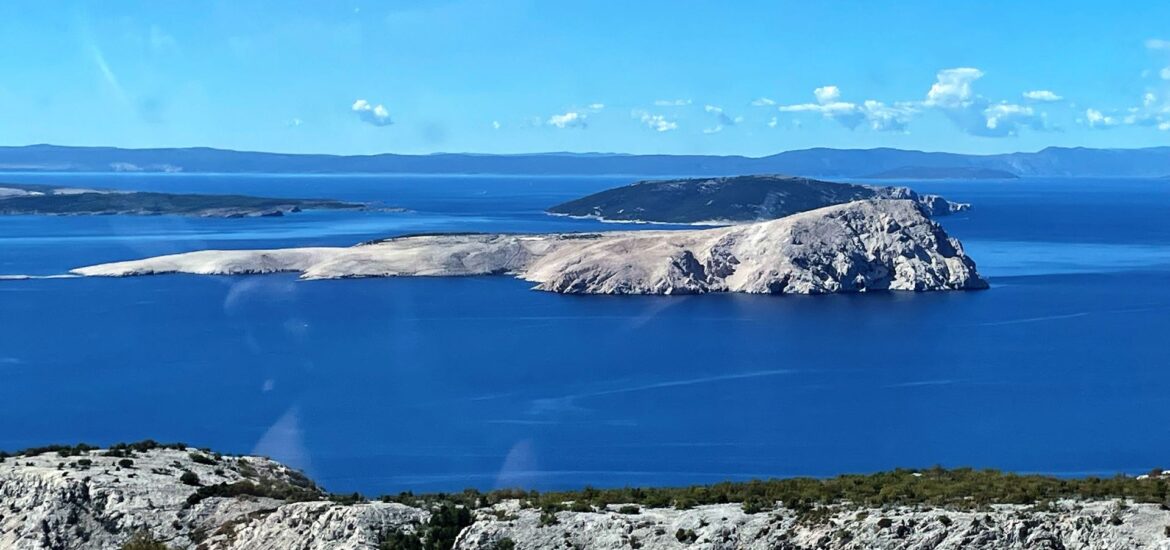
Thank you for the story. I’ve heard about it (or maybe another prison island off the Croatian coast). Your photos and the description makes me think of the movie Papillon (the original). I wonder if any prisoners managed to escape – did the tell you?